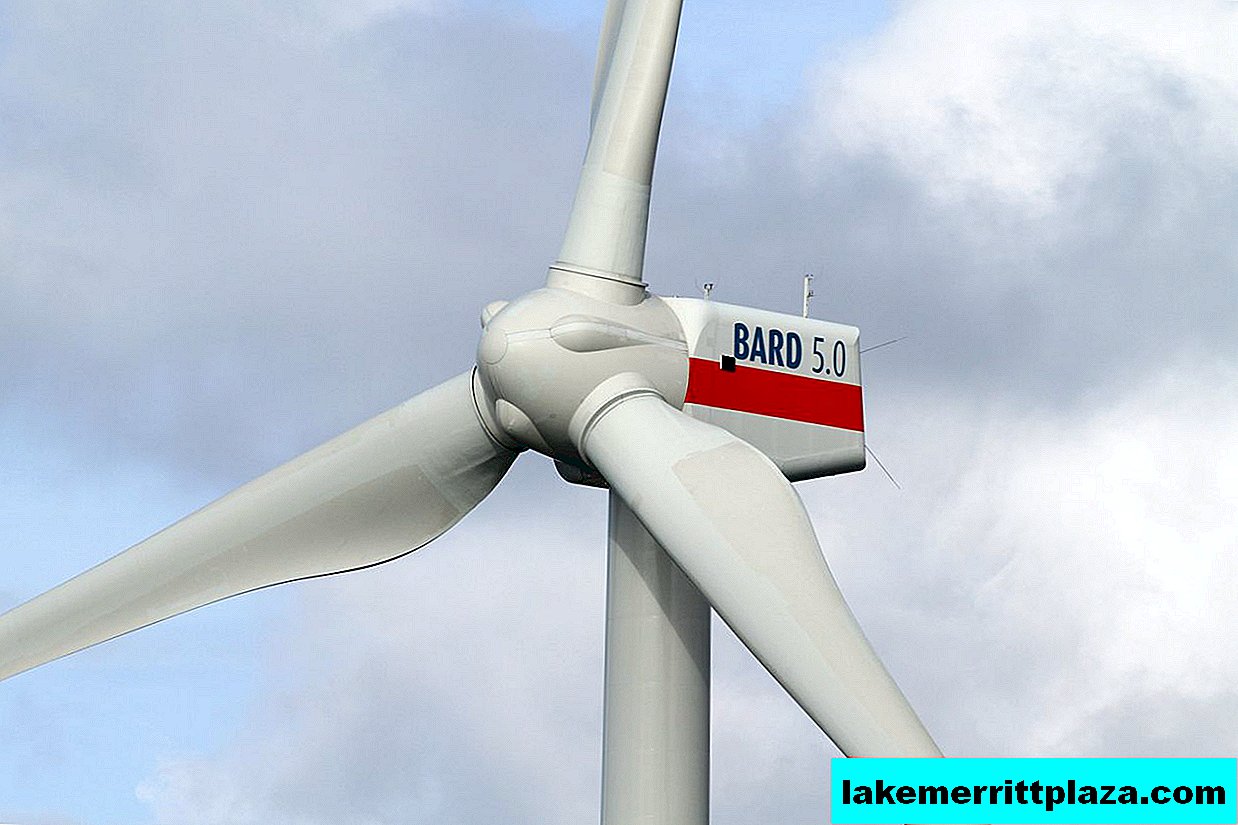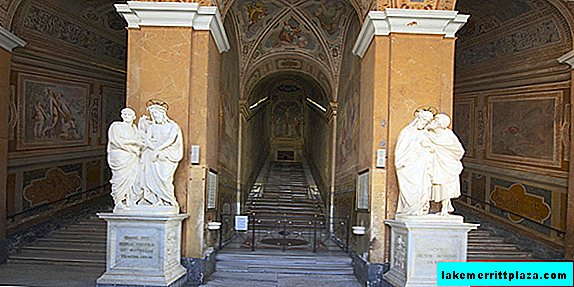A resident of the island of Lido was detained on suspicion of hijacking a vaporetto - shuttle boat in Venice. The young man rode along the canals of the Venetian lagoon for several hours before being detained.
Until this week, it never occurred to anyone that pirates would get to the shores of the Italian city of Venice.
Early on Sunday morning, police and local transport depots were actively involved in the pursuit of a suddenly pirate. The incident was in the spirit of the comedies of Roberto Benigni (Roberto Benigni), until the thief was stopped. By the way, as a prey, he chose one of the route motor ships, also known as vaporetto.
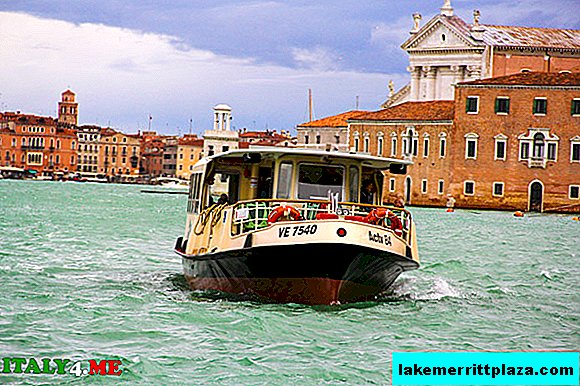
The 24-year-old resident of Lido, a native of Kosovo, Imer Tosca, who is the captain of such ships, turned out to be a remote robber who stole a very unusual vehicle. Local authorities sounded the alarm at about three in the morning shortly after they discovered the disappearance of one of the vaporetto in one of the specialized parking lots. The company, which owns the stolen ship, immediately turned to the police, and representatives of the latter launched a full-scale pursuit of the criminal. By the way, Tosca was heading towards his home - the Lido island. However, he did not manage to get there. The cops blocked the path for the unsuccessful pirate.
Later Tosca, who, as far as the authorities know, often drank during working hours, explained that he did not manage to get home on Lido, and, having missed, the last water bus, so to speak, tried to "solve the problem radically."
Vaporetto and Gondolas
Vaporetto is one of the most popular modes of transport in the fabulous city of Venice. Many tourists mistakenly believe that it arose relatively recently. But in fact, the first water bus appeared in the city on the water back in 1881. Then it was known as Regina Margherita. When the experiment with the first water bus was a success, an entire company was created to produce this type of transport. Soon, dozens of vessels of this type plyed in Venice, and now there are even more of them. Today, in the Venetian lagoon, one can meet not only Italian, but also French-made vaporetto.
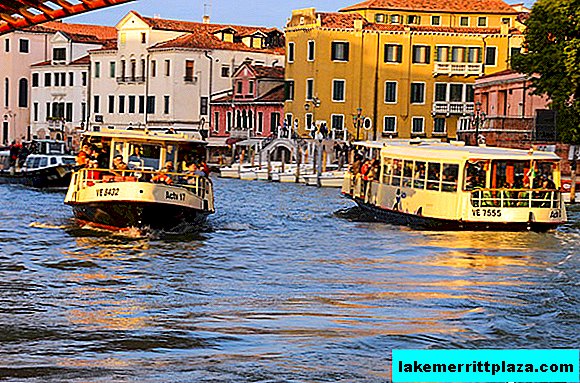
With the advent of a new type of vehicle, the Venetian gondoliers immediately realized that their income and profits were in danger, so they met the arrival of a vaporetto very skeptically.
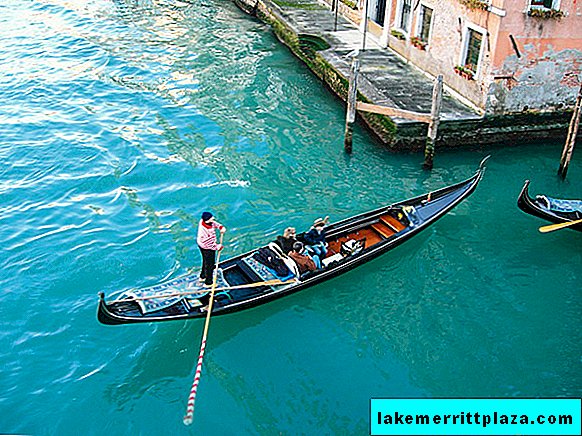
The rivalry of gondoliers and water trams was not long in coming. Moreover, it exists to this day. Drivers of the traditional Venetian mode of transport often go on strike, motivating them that the ships pollute the environment and also create waves dangerous for the gondolas. Today, however, the Venetians cannot imagine life without a vaporetto. Nevertheless, the owners of such vehicles still had to make some concessions. This is a restriction on the speed of movement through the channels. Now it is only 8 kilometers per hour.


